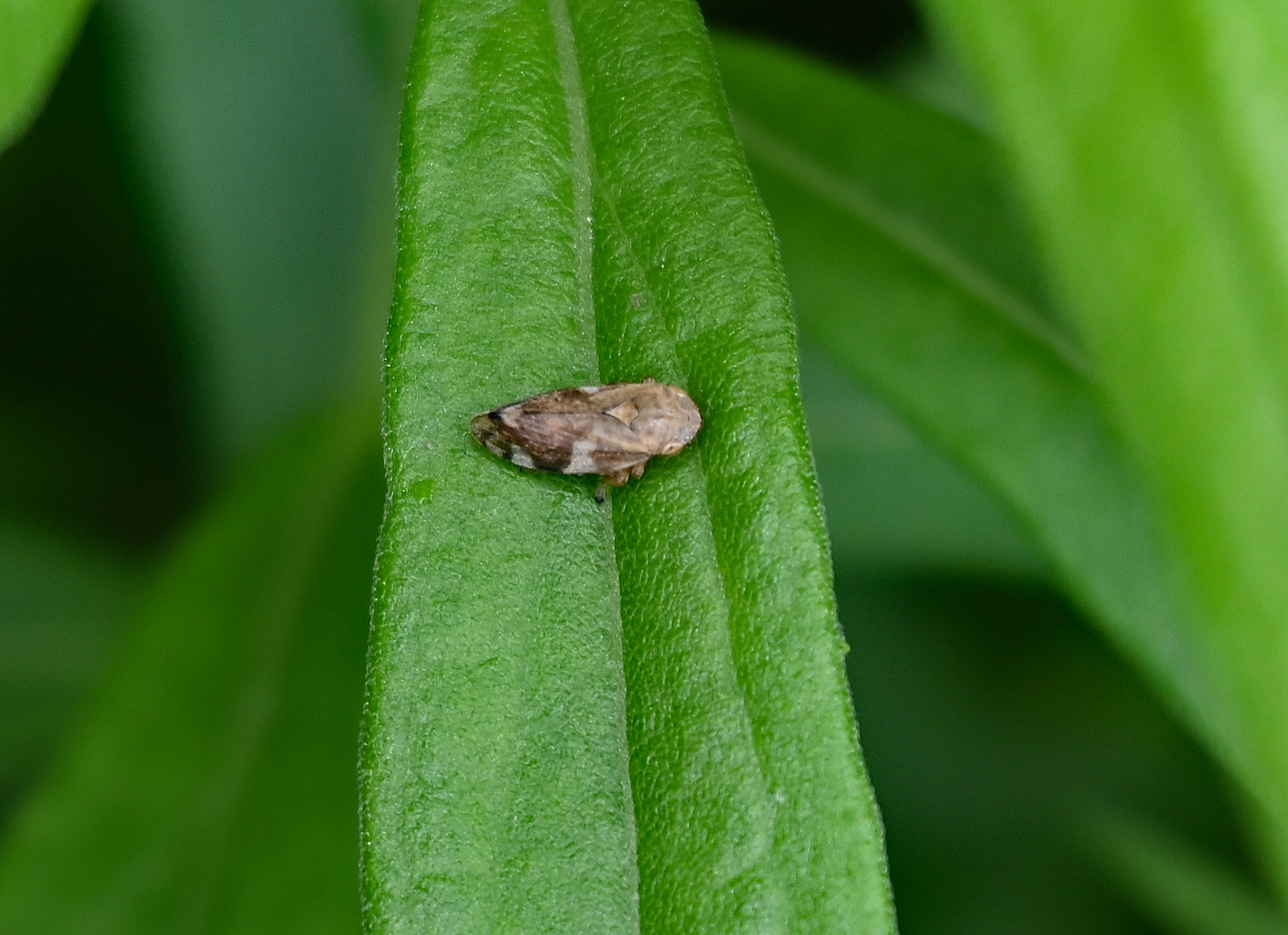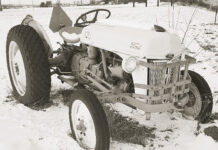Hidden indeed! What better way to conceal yourself than within the center of a foamy glob of slimy “spit!” Surely, at some time in your life, you’ve noticed these frothy blobs surrounding the stems of plants.
Exploring the meadow as a child, I could never understand why someone would be out there spitting before I arrived. My friends insisted it was frog spit or snake spit. Whatever it was, it really freaked me out. However, now that I know that these bubbly abodes belong to a tiny insect known as a spittlebug, I couldn’t be more amazed.
Spittlebugs

There are over 30 different species of spittlebugs in North America, the meadow spittlebug (Philaenus spumarius) occurring most commonly in the Midwest. The tan and gray adults, known as froghoppers, are a mere 5 to 7 millimeters in length. Although they have wings, they rely on their incredible jumping ability to travel about. It is said that when a froghopper propels itself upward, it can leap more than 100 times its length!
Yet it is the spittlebug nymph for which the insect derives its name. Eggs laid in late summer, overwinter in the stems of plants or the duff below. When spring arrives, the tiny nymphs hatch and immediately get to work constructing their protective house of spit on the stem of a nearby plant.

With their piercing mouthparts, they suck nutrients from the xylem layer. Since this layer is responsible for carrying the sap up into the various parts of the plant, the spittlebug ends up with surplus fluid after the nutrients are extracted. Facing downward on the stem, the spittlebug nymph excretes the excess fluid from its rear end (not its mouth), combining it with air to produce up to 80 bubbles per minute. The bubbles then cascade downward, covering the insect, which arranges each bubble into position with its legs. A substance secreted by its epidermal glands mixes with the fluid, stabilizing the frothy mass, enabling the bubbles to last longer by enhancing their surface viscosity.
House of spittle

Inside this house of spittle, the cozy nymph is hidden from predators. Its protective covering helps to maintain a somewhat constant temperature, insulating the insect from extreme highs and lows. It also provides the moisture that the delicate insect requires to keep from becoming desiccated.
As it continues to derive nutrients from the plant, the nymph grows and molts several times. In early summer, it emerges from its foamy mass, an adult froghopper, ready to find a mate and deposit the eggs that will produce next year’s spittlebugs.
Spittlebugs are not considered significant pests. Although both adults and nymphs feed using their piercing and sucking mouthparts to extract sap from plant stems, they certainly are not harmful enough to worry about. They feed on a wide variety of plants, mostly herbaceous, including grasses, goldenrods, daisies, roses, clovers, alfalfa, strawberries and many other garden plants.
Alas, most of us don’t enjoy getting globs of spittle on us when we are working in the garden, picking flowers or harvesting berries. Fortunately, the spittlebug abodes are short-lived and disappear as soon as the adult froghoppers emerge. If you don’t have the patience to wait, simply get out the hose and gently spray the insects off your plants. There is no need for poisonous insecticides. Truth is, any way you look at it … spit happens!














What a fascinating article, Tami!
Hello there, I came across this page researching these spindle bugs, I thought you may enjoy this micro video of them. If you would like to have some of them text or email me- actually really really close up. You can see bundles coming out of back side up close – they are as big as baloon because I have it engaged 10,000% something like that, Micro – you even see it’s eyes.
Thanks Tami!